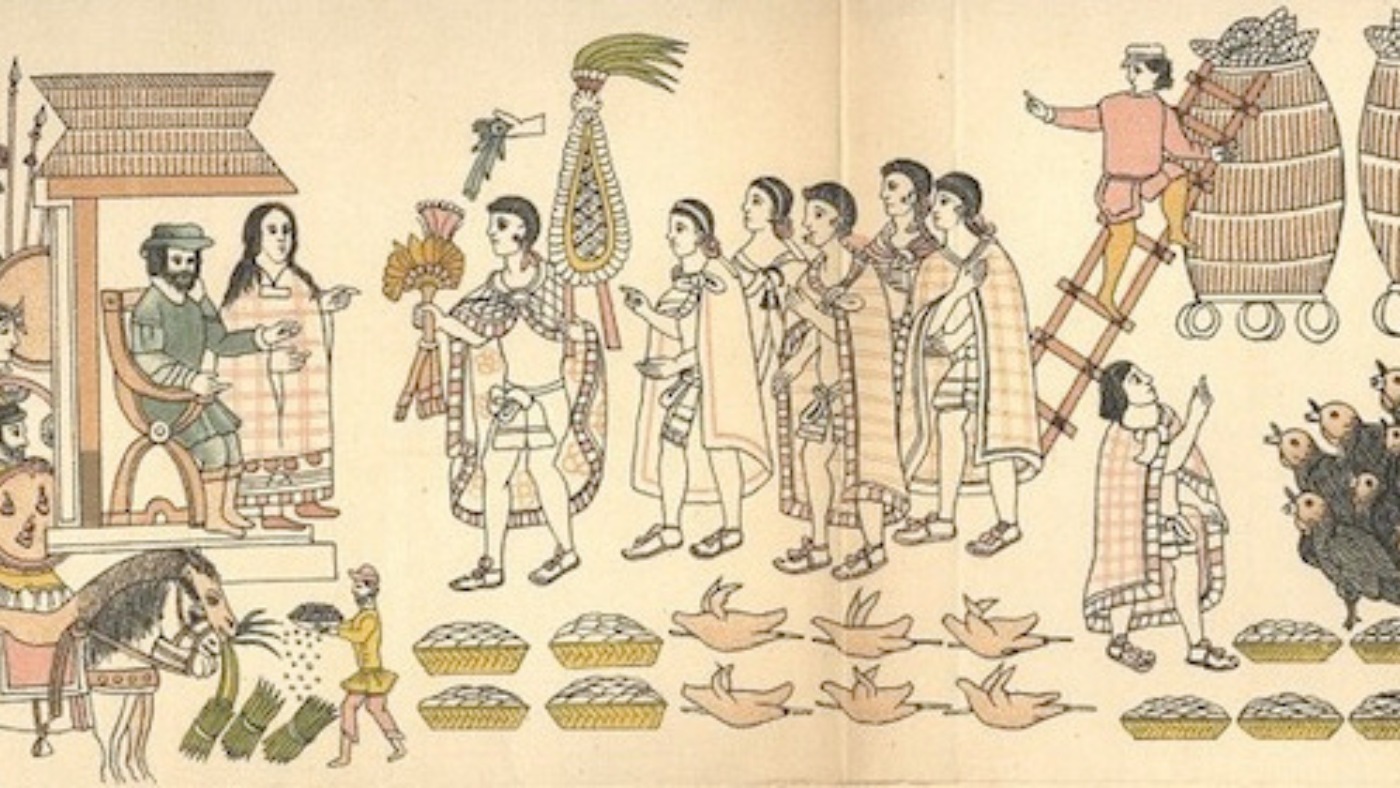Vanilla, one of the world’s most beloved and recognizable flavors carries a fascinating story that stretches across centuries, continents, and cultures. The history of vanilla begins in ancient Mexico, travels through the spice trade and colonial expansion, and continues today in a global industry balancing tradition with sustainability.
Let’s explore where vanilla comes from, how it became a worldwide culinary icon, and what makes it such a treasured ingredient today.
Vanilla Origins and Early Cultural Significance

The Totonac People and the Birth of Vanilla
The story of vanilla begins with the Totonac people, native to the Veracruz region of Mexico. They are credited as the first known cultivators of vanilla, regarding the vanilla orchid as a sacred plant and divine gift. Vanilla was deeply woven into their spiritual and daily lives, used in rituals, as perfume, and for medicinal purposes rather than primarily as a flavoring.
Ancient Vanilla Use Across Civilizations
In 1427, the Aztecs conquered the Totonac and adopted vanilla into their culture. They prized vanilla for its aromatic qualities and famously combined it with cacao to create xocolatl, a ceremonial drink reserved for nobility and rituals. Beyond Mesoamerica, archaeological finds in Bronze Age burial sites in Israel suggest vanilla’s use in embalming and religious rites, indicating its early global significance.
Who Discovered Vanilla?
While indigenous Mesoamerican civilizations were the first to cultivate and use vanilla, the Western world was introduced to it through Spanish explorers. Hernán Cortés brought vanilla and cacao to Europe after the fall of the Aztec Empire in the early 1500s, sparking European fascination with this exotic flavor.
Vanilla Trade History and Colonial Influence

The Role of Spanish Exploration
In 1519, Hernán Cortés introduced vanilla and cacao to Spain, where it quickly became popular among European elites. Initially, vanilla was used mainly as an additive to chocolate products, but by the 17th and 18th centuries, it began to be used independently in sweets and desserts across Europe.
Vanilla Colonization and Global Introduction
European colonizers sought to cultivate vanilla in tropical colonies but failed for centuries because the native Melipona bee, essential for natural pollination, was absent outside Mexico. This pollination barrier kept vanilla production geographically limited and valuable.
The Breakthrough of Hand Pollination
The major breakthrough came in 1841 when Edmond Albius, a young enslaved boy on Réunion Island, discovered how to hand-pollinate vanilla orchids. This technique unlocked large-scale vanilla cultivation in colonies such as Réunion, Madagascar, and the Comoros, transforming vanilla into a global commodity.
Vanilla Farming History and Modern Expansion
Global Spread of Vanilla Cultivation
Thanks to hand pollination, vanilla farming expanded to tropical regions worldwide, including Madagascar, Indonesia, Tahiti, and Uganda. Madagascar emerged as the leading vanilla producer, supplying most of the world’s demand.
Industrialization and Supply Chain Challenges
Despite its global spread, the vanilla industry faces supply challenges. Natural disasters like cyclones in Madagascar disrupt production, causing dramatic price fluctuations. The delicate nature of vanilla farming and processing also contributes to supply instability.
Ethical Challenges and Sustainable Farming

Issues in the Vanilla Supply Chain
The vanilla industry has come under scrutiny for issues such as child labor, worker exploitation, and poor farming conditions in producing countries. These ethical concerns highlight the need for reform and responsible sourcing.
Toward a Sustainable Vanilla Industry
In response, efforts to promote fair-trade, organic, and ethically sourced vanilla are growing. Organizations and brands increasingly focus on improving farmers’ livelihoods while protecting the environment, aiming for a more sustainable vanilla future.
Types of Vanilla and Culinary Use

Major Vanilla Species
-
Vanilla planifolia: The most common species, primarily grown in Madagascar, known for its rich, creamy flavor.
-
Vanilla tahitensis: Grown in Tahiti, prized for its floral and fruity aroma.
-
Vanilla pompona: A rare species native to Central and South America with unique flavor notes.
Types Of Vanilla Products. Which Type Of Vanilla Product You Should Use?
Culinary and Industrial Applications
Vanilla’s uses extend beyond baking and desserts. It flavors beverages, perfumes, and pharmaceuticals, becoming a core ingredient in global cuisine and industry.
Vanilla isn’t limited to baking, it’s a key ingredient in coffee, gelato, bubble tea, and even cocktails. Discover how vanilla influences modern desserts in our post on
Honey Cuisine and
Sweet Cream Cheese.
Vanilla in Culture and Symbolism
Historically, vanilla was seen in Western culture as plain or simple. However, in recent decades, it has gained recognition as a symbol of sophistication and craftsmanship, especially in fine dining and gastronomy.
FAQs about History of Vanilla
Who first discovered vanilla?
The Totonac people of Mexico were the first to cultivate and revere vanilla as a sacred plant.
Why is vanilla so expensive?
Vanilla is hand-pollinated, labor-intensive, and vulnerable to weather making it one of the world’s costliest spices.
Where does most vanilla come from today?
Madagascar leads global production, followed by Indonesia, Uganda, and Tahiti.
What’s the difference between Madagascar and Tahitian vanilla?
Madagascar vanilla has a warm, creamy flavor, while Tahitian vanilla offers a lighter, floral aroma, perfect for delicate desserts.
Conclusion
The history of vanilla spans from its sacred origins with the Totonac people to becoming a global culinary icon. This rich journey reflects cultural heritage, innovation, and worldwide trade. Supporting ethically sourced vanilla is vital for sustainable farming, ecosystem protection, and improving farmers’ lives. Balancing tradition with responsible innovation ensures vanilla’s future as a treasured flavor worldwide.











